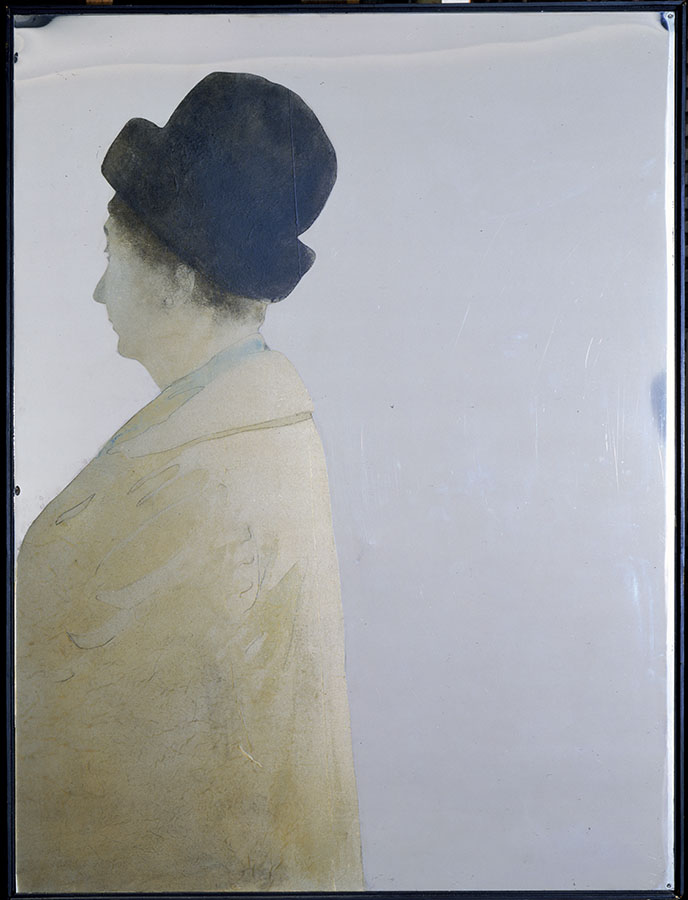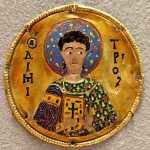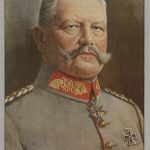In Mrs. Lichtenstein, the mother of American Pop artist Roy Lichtenstein both shares space with, and turns away from, the viewer’s reflection. The viewer’s appearance in the mirror-painting is essential because for artist Michelangelo Pistoletto, it is the audience, not the artist, who completes the artwork. Every encounter is different.
A key figure in the Italian art movement Arte Povera (literally “poor art,” a reference to art made with everyday materials), Pistoletto is best known for works like Mrs. Lichtenstein. He called this body of works his “mirror-paintings” (quadri specchianti) and first exhibited them in 1961. Made by adhering a figure traced from a photograph and painted on tissue, the mirror-paintings combine photography, drawing, painting, and collage as well as industrially produced and highly polished stainless steel.




